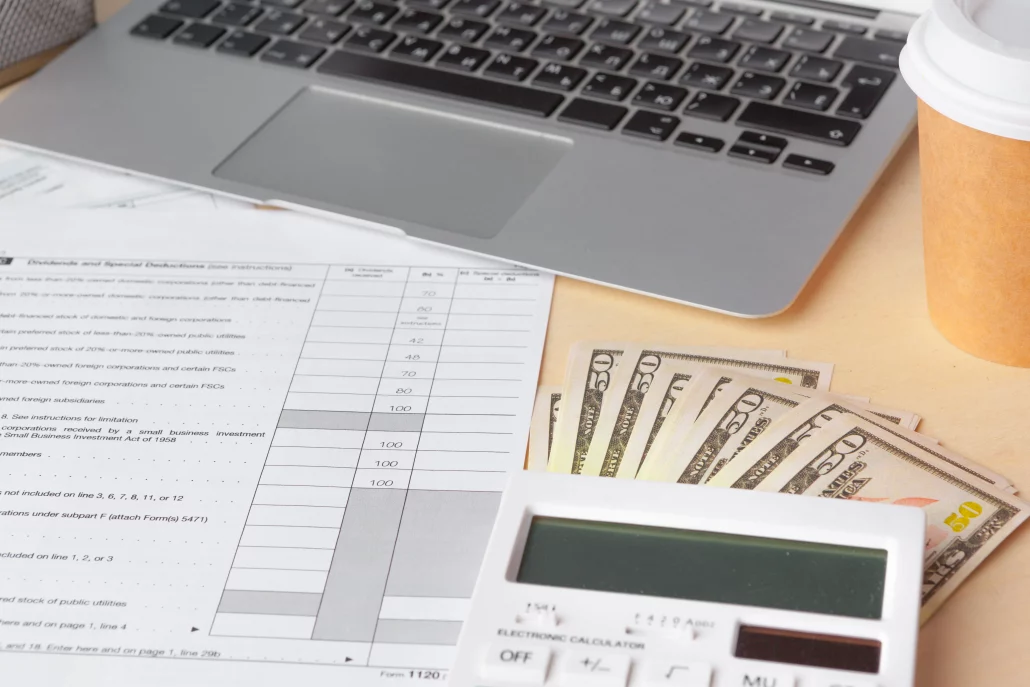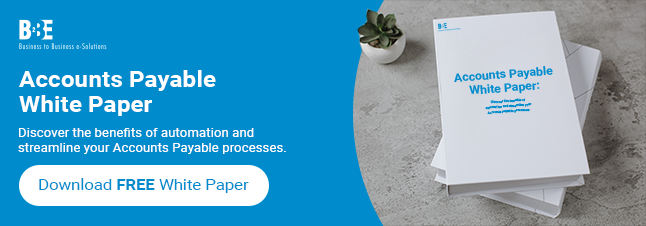For businesses handling large volumes of supplier invoices, errors and discrepancies in payments can lead to cash flow problems, disputes, and compliance risks. This is where the two way match process in accounts payable plays a crucial role.
By verifying invoices against purchase orders, two way matching helps finance teams eliminate overpayments, prevent fraud, and ensure suppliers are paid correctly. But how does it work, and why is it essential for businesses using e-invoicing?
What Is Two Way Match in Accounts Payable?
Two way match in accounts payable is a validation process that compares:
- The supplier invoice – The amount billed by the supplier.
- The purchase order (PO) – The agreed-upon price and quantity of goods or services.
If these two documents match, the invoice is approved for payment. If there’s a discrepancy—such as incorrect pricing or unauthorised charges—the invoice is flagged for further review before payment is processed.
Related content: Everything You Need to Know About the Two Way Match Process in Accounts Payable
Why Two Way Match Is Critical in E-Invoicing
Many businesses rely on 电子发票 to speed up payment processing. However, without proper validation, errors can go unnoticed, leading to unnecessary costs or disputes. The process for two way match in accounts payable ensures:
- Accuracy – Only invoices that match purchase orders are paid, therefore reducing billing mistakes.
- Fraud Prevention – Unauthorised or duplicate invoices are flagged before payment.
- 效率 – Automated matching speeds up approvals and reduces manual checks.
- 合规性 – Helps businesses meet audit and regulatory requirements.
下面请观看我们的视频综述:
How to Automate Two Way Match in Accounts Payable
Manual invoice verification can be time-consuming and prone to human error. Businesses using e-invoicing can automate the two way match process in accounts payable to improve efficiency. Here’s how:
1. Digital Purchase Orders
Firstly, ensure all POs are created and stored electronically, making it easier to compare them against incoming invoices.
2. Invoice Data Capture
Use OCR (Optical Character Recognition) 或 EDI (Electronic Data Interchange) to extract invoice details automatically, as well as match them against purchase orders.
3. Automated Matching Software
An AP automation solution can instantly compare invoices with purchase orders, flagging discrepancies for review and approving matches for payment.
4. Exception Handling Workflow
When an invoice doesn’t match a PO, the system should route it to the appropriate team for review, reducing delays and preventing payment errors.
Beyond Two Way Match: Three-Way Matching for Extra Accuracy
While a two way match in accounts payable is effective for verifying invoice amounts, some businesses take it a step further with three-way matching, which includes:
- 发票 (amount billed)
- Purchase Order (agreed-upon price)
- Goods Receipt Note (GRN) (proof that goods/services were received)
For businesses dealing with physical goods, three-way matching adds an extra layer of verification, ensuring suppliers deliver the correct products before payment is released.
Final Thoughts
For businesses using e-invoicing, two way match is an essential control that ensures payments are accurate, fraud risks are reduced, and accounts payable processes remain efficient. By automating two way matching, companies can therefore eliminate manual errors, speed up approvals, and maintain better supplier relationships.
Looking to improve your accounts payable process with automated two way match verification? Get in touch with us today to explore how our solutions can help.
About B2BE
B2BE delivers electronic supply chain solutions globally, helping organisations to better manage their supply chain processes, providing greater levels of visibility, auditability and control. We’re driven by a passion for what we do, inspired by innovation, and underpinned by a wealth of knowledge. With over 20+ years of experience, the B2BE teams operate worldwide.
欲了解更多信息,请访问www.b2be.com。

